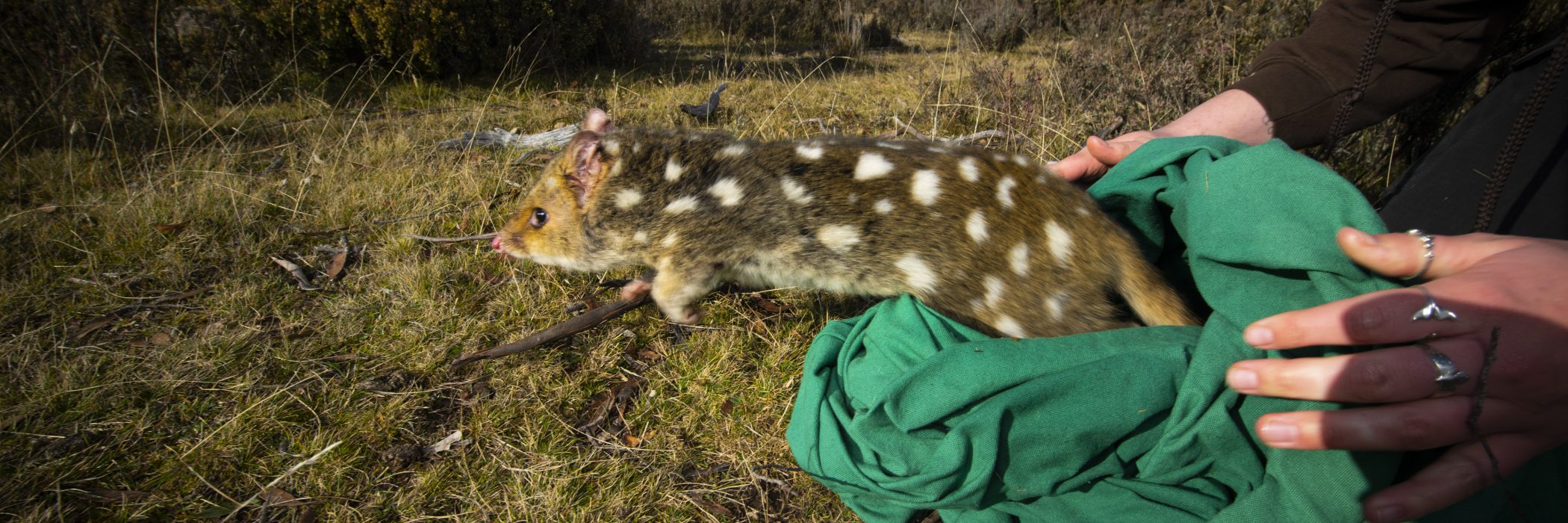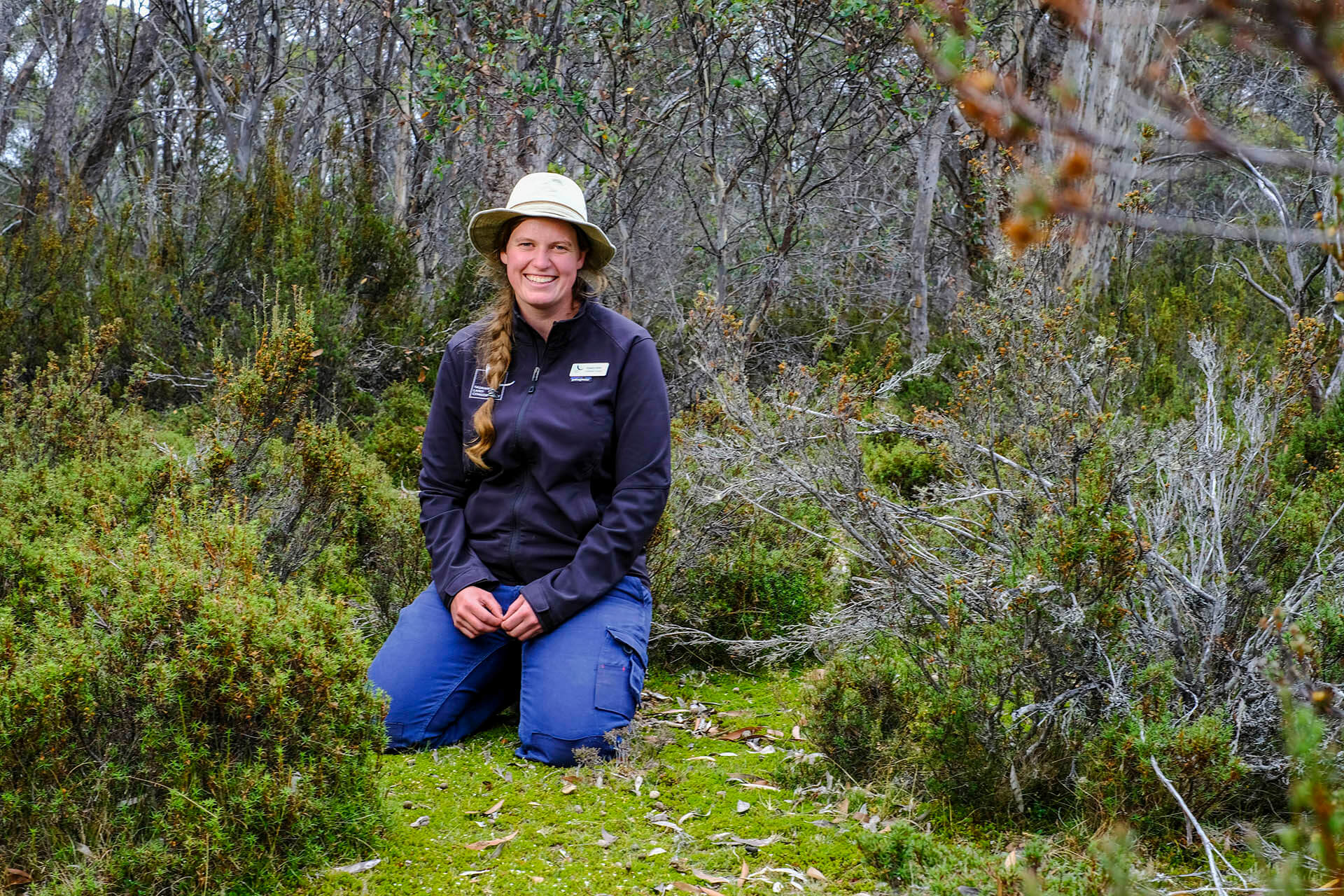A funding lifeline for quolls
Have you seen this critter?
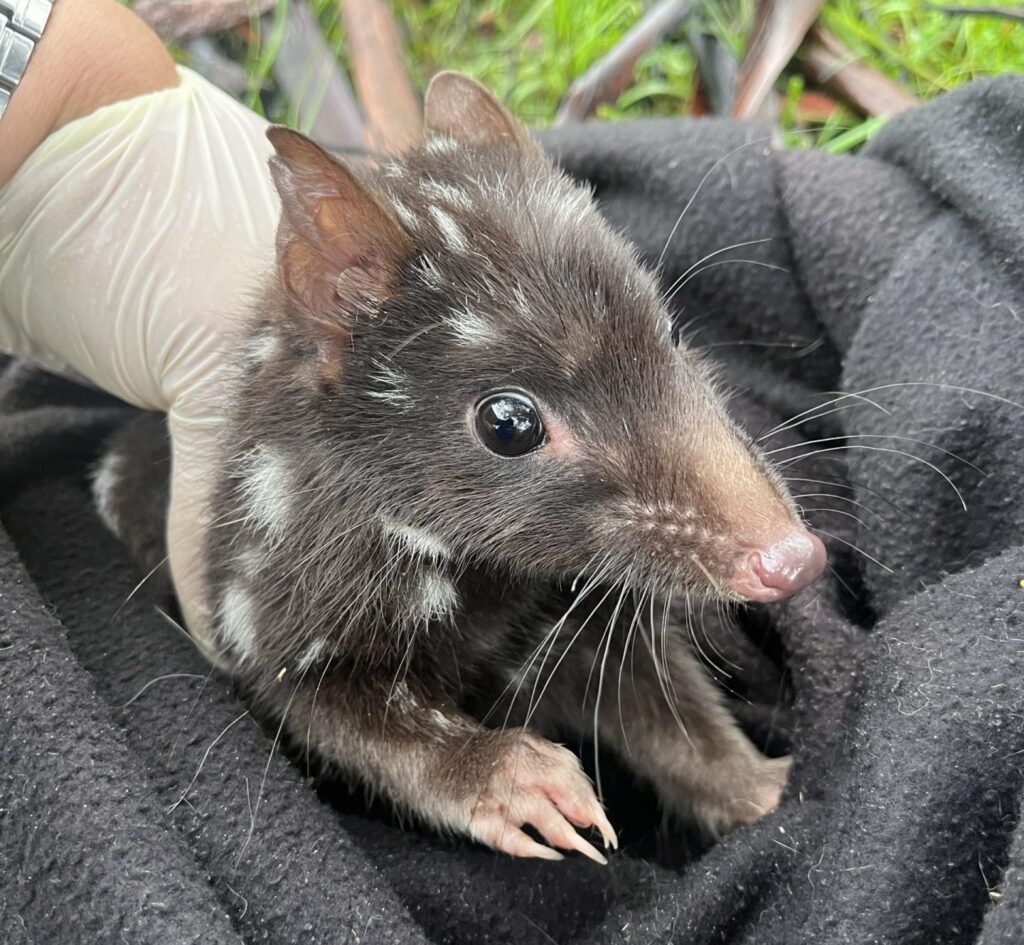
If the answer is yes, you can count yourself lucky. The eastern quoll, smaller and fluffier cousin to the spotted-tailed quoll, used to be common throughout south-east Australia. It is a short-lived species – very few live past the age of three or four in the wild – and like many other Australian mammals its numbers have always risen and fallen in response to conditions. There are accounts throughout the 19th century of ‘plagues’, ‘swarms’ and ‘armies’ of invading eastern quolls, however these reports became less and less frequent as the species succumbed to a combination of disease, habitat loss, predation by introduced foxes and cats and human persecution.
The last confirmed wild sighting of the species was in the 1960s, although various unconfirmed sightings have since been reported. More recently, the species has been successfully re-introduced to predator-free sanctuaries in Victoria, NSW and the ACT, and there are ongoing efforts to re-establish wild populations in other mainland locations.
In Tasmania, by contrast, eastern quolls remained widespread and abundant until the early 2000s. By 2010, however, annual state-wide surveys were suggesting that there had been widespread declines in eastern quoll numbers, and a recent review has confirmed that these declines have continued for almost two decades. But patterns haven’t been consistent across the state. If you tell someone from Huonville or North Bruny Island, for example, that eastern quolls are in trouble, an incredulous stare is probably the politest response you can expect.
So what’s been going on? And what can we do about it? This month, the TLC, University of Tasmania and WWF-Australia received an ARC Linkage Grant to answer that very question.
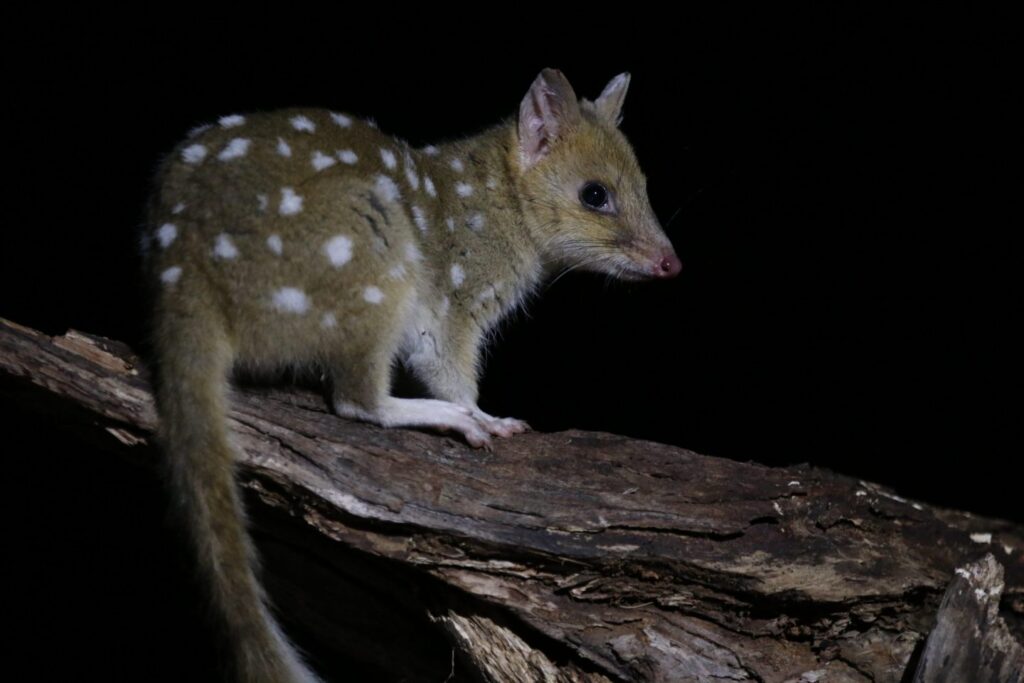
There has been a fair bit of work done already. Beginning in 2009, the University of Tasmania’s Dr. Bronwyn Fancourt has researched the scale and causes of eastern quoll declines in Tasmania. She has considered multiple potential threats, and suggests that quoll numbers crashed in response to a period of unsuitable (warm and wet) weather which limited the availability of insect prey during winter, a critical time of year when quolls need lots of energy to keep warm and raise their young.
With such a short-lived species – very few live past three or four in the wild – a couple of failed breeding seasons can easily produce big drops in population numbers. However, in this case we would expect that numbers would bounce back once conditions improved, whereas quoll numbers continued to fall. Dr Fancourt suggests that this may be due to a ‘predator pit’: once quoll numbers fall below a critical level, deaths due to predation or other threats such as disease may be enough to prevent the population from recovering, especially if finding a mate has also become more difficult. This may help to explain some of the differences we see across different regions, in that the severity of the initial unsuitable weather, and the subsequent threats limiting population recovery, are likely to vary across different regions and climates.
You may notice that the previous paragraph uses quite a few weaselly words – lots of ‘suggests’ and ‘may’ and ‘likely’. There’s a good reason behind that, which boils down to the fact that correlation does not equal causation. Our information on the likely causes of eastern quoll declines is based on correlations: matching the patterns we see in the annual quoll data to things that we think are likely to be driving these changes (e.g. numbers of predators such as cats, changes in weather conditions, abundance of prey). While we can make good guesses about what’s going on, we can’t be certain that there aren’t other factors driving the patterns we are seeing.
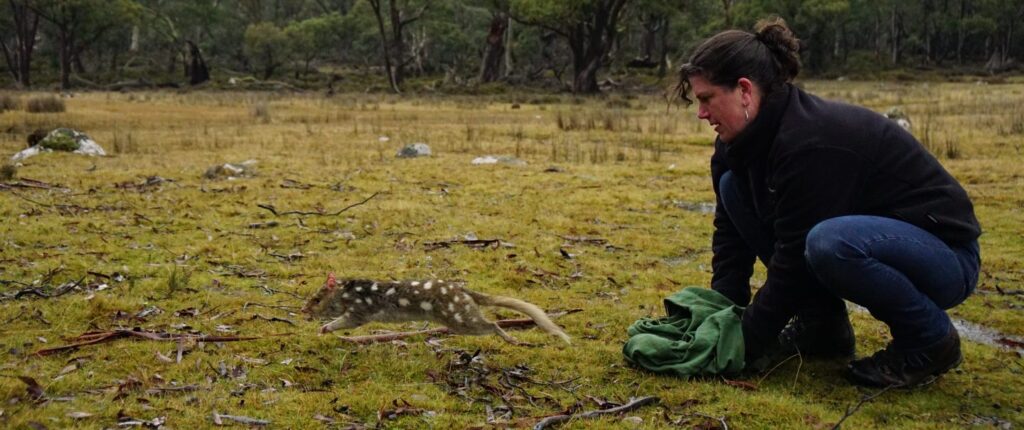
The project we have established aims to confirm which factors are behind eastern quoll declines in Tasmania, using an experimental approach to test the theories of Dr Fancourt. We are painfully aware, however, that monitoring and understanding alone are not enough. In recent years, Australia has lost the Bramble Cay melomys and the Christmas Island pipistrelle to extinction. In both cases – thanks to monitoring – the extinction did not come as a surprise, but conservation actions were implemented too late to save the species. So, while we aim to understand why eastern quolls are in trouble in Tasmania, we will also be working to counteract that decline and develop tools to safeguard this species in their last wild stronghold.
We will be using a series of experimental releases of captive-bred eastern quolls across sites in the Midlands and East Coast regions of Tasmania, where declines have been among the most worrying. Releasing captive-bred animals to bolster existing populations, or to re-introduce the species in areas where it has disappeared, has been suggested as a management tool for the species. Our project will help to understand how effective this approach can be to halt and reverse declines in Tasmania.
In addition, monitoring the health and breeding success of the released animals at carefully selected sites will allow us to test which threats and resources are most important to the species. This work will also help with mainland conservation efforts: we will be implementing some of the lessons learned by previous translocations of eastern quolls, but will also work to improve the protocols for such releases to ensure that each released quoll has the best possible chance of flourishing in the wild.
We are extremely grateful to the Australian Research Council for funding this project, and to our project partners and collaborators: WWF Australia’s Rewilding Unit, the University of Tasmania, and the Tasmanian Quoll Conservation Program.
You can find out more about this project in previous blog posts. To stay up-to-date with the project’s progress, subscribe to the TLC Newsletter
Banner photo is by Matthew Newton



